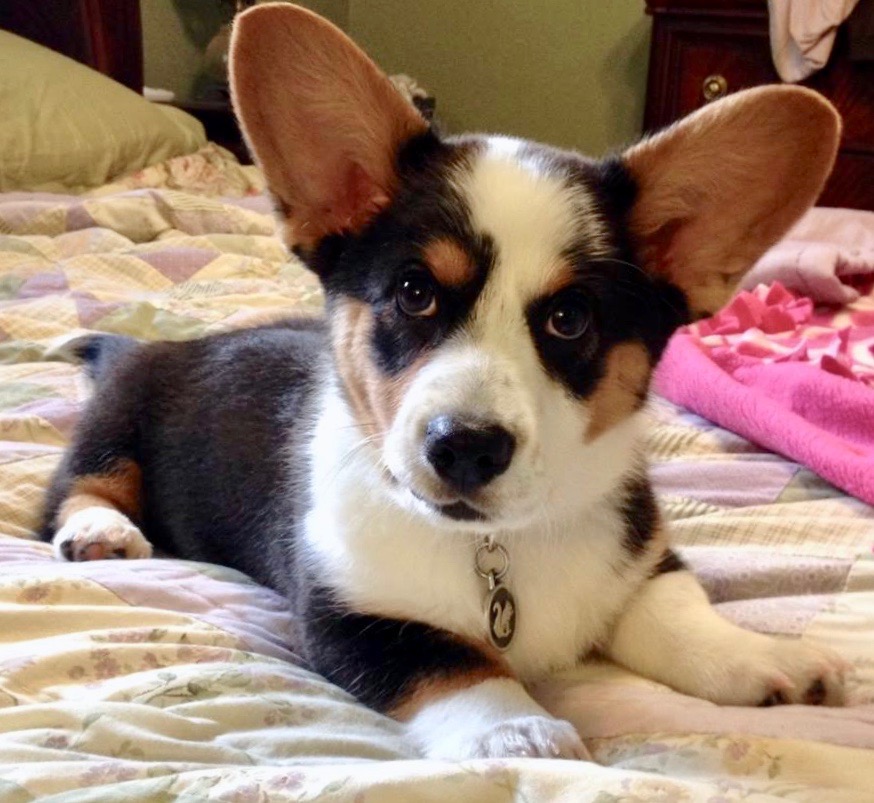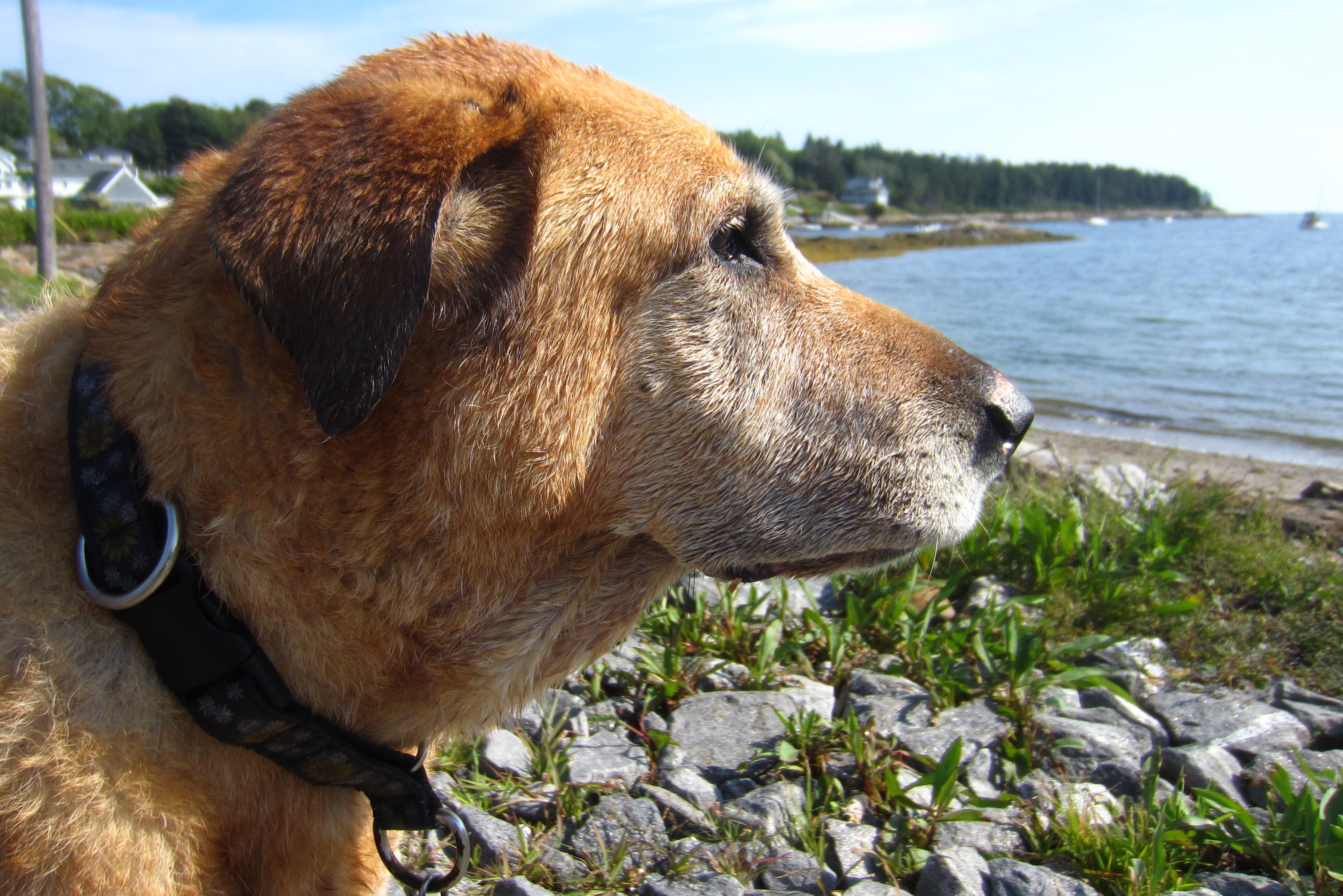
Cooler Weather Is Coming. Is Your Pet Ready?
Cool weather may not be here just yet, but, rest assured, it’s coming. And if you are a first-time pet owner, you should know that caring for your furry friend during the fall and winter requires a little more work than in the spring and summer. Silver Paw Pet Tags invites you to keep reading for a few things you should be aware of and ways to alleviate cold-weather woes.
Stiff joints
Perhaps one of the most unexpected issues surrounding cooler weather and pets is stiff joints. However, as OrtoCanis.com explains, cooler weather may trigger an inflammatory response. This can lead to joint discomfort and arthritis, particularly in older animals. One way to reduce pain is by giving your dog CBD oil, which can be mixed with their food. Be sure to discuss this with your vet first.
Behavioral issues
As pets spend more time indoors, you may find that they are anxious. They might bark, play a little too rough, or get aggressive when you get into their space. Because of this, it makes sense to invest in dog training, particularly if your dog is still a puppy. Look into online training programs you can work on at home together.
Cold feet
According to the American Veterinary Management Association, dogs have different tolerance levels for the cold. Specifically on their paws, some animals are more prone to cold-weather injuries, such as cracked, rough, or bleeding paw pads. Make a point to check your pet’s feet every time you come in from the outside, even if the weather is not freezing. Some animals may be more comfortable outside in foot coverings made specifically for the cold.
Unintentional poisoning
While your dog may not be spending more time unsupervised outdoors, they do have more opportunities to come into contact with chemicals, such as antifreeze, that can make them sick during the winter months. Animal Emergency Care cautions that even a small amount of antifreeze on your dog’s feet can be deadly if he licks himself after coming into contact. Make sure to wipe your dog’s legs and feet really well after you’ve been outside together.
You can either purchase inexpensive grooming wipes, or make some yourself with basic ingredients. A quick sprucing up after outdoor trips can save you some heartache—and the cost of an emergency vet bill.
Allergies
Allergies are mostly associated with the spring, but fall brings mold and other irritants to the air. If you notice that your dog has more eye or nasal discharge, diarrhea, or is scratching and chewing himself more often, call your veterinarian.
Other tips
A few other things you can do for your dog this fall to keep them safe and healthy include:
- Scheduling their annual wellness visit
- Investing in a new ID tag with your name and phone number
- Continuing with flea and tick preventative
- Watching the weather, and keeping them indoors as much as possible when the temperature is below freezing
- Investing in a cozy and durable indoor dog house for pups with a shorter coat
- Feeding them a healthy diet
- Providing plenty of shelter outdoors or installing a dog door so they can come in from the cold
- Spending as much time with them as possible to reduce anxiety
Having a pet is hard work. Having a pet in the fall and winter is even more so since you don’t have the freedom of letting them run free. But just because it’s work doesn’t mean it’s not worth it. The advice above can help you be a better pet parent so that you can enjoy your pet no matter the season.
When you want a quality dog tag that’s rust, chew, scratch and salt water-proof, you want a Silver Paw Pet Tag. Our stainless steel tags have a lifetime guarantee, and they come in sizes small, medium and large. Check out our selection today!








